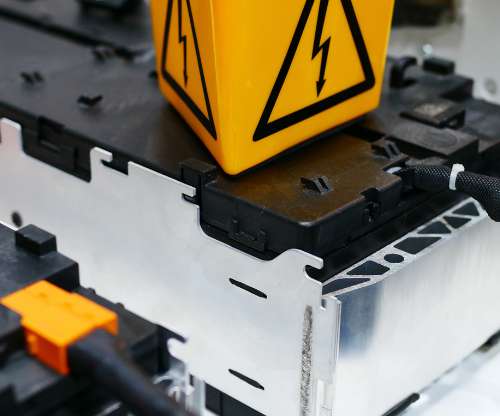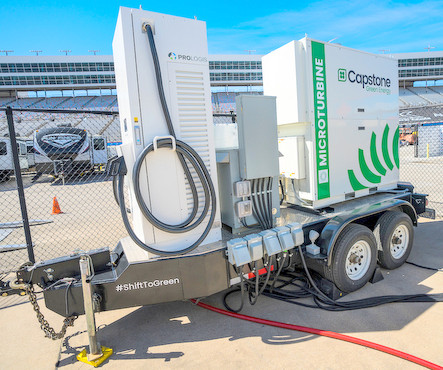MHI Develops Hybrid Turbocharger to Generate Electricity Utilizing Exhaust Gas from Marine Engines
Green Car Congress
AUGUST 26, 2010
(MHI) has developed a generator-integrated hybrid turbocharger for marine propulsion diesel engines which utilizes engine exhaust gas not only to drive the turbocharger but also to generate electricity. The MET83MAG is capable of supplying all electric power necessary during normal sea going. Click to enlarge.





































Let's personalize your content